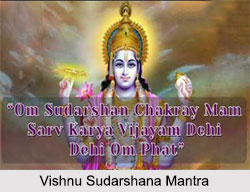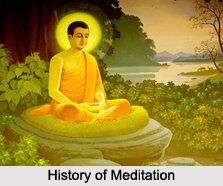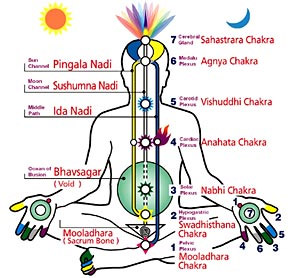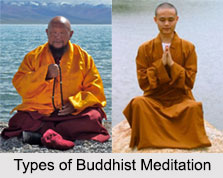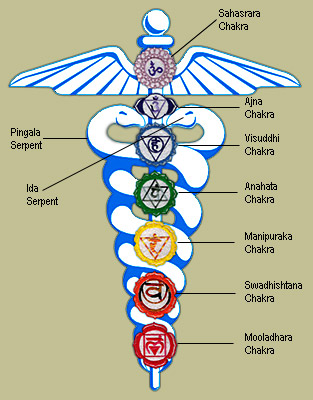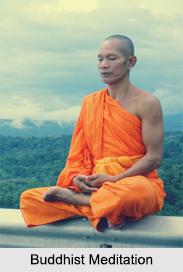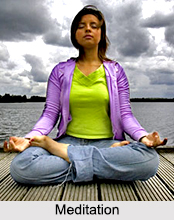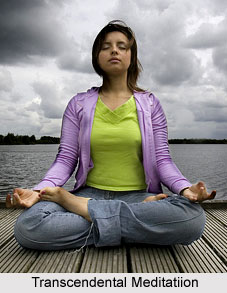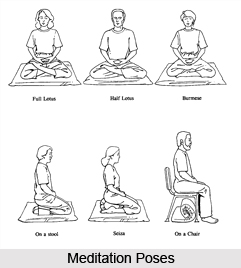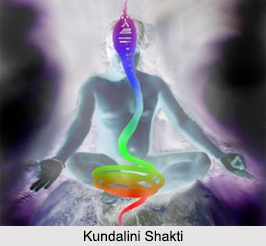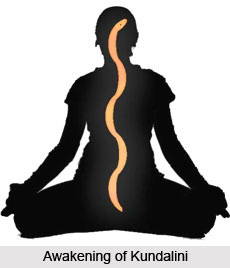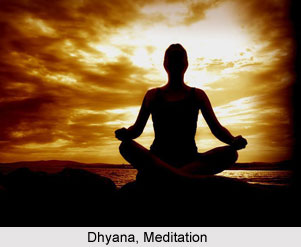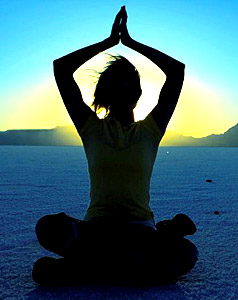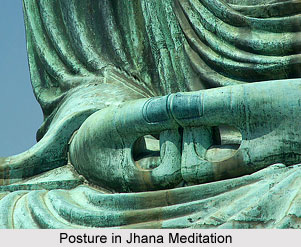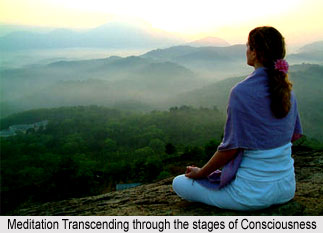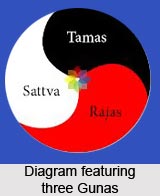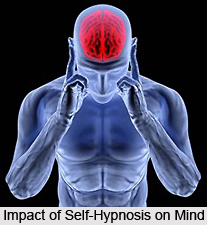 Disadvantages of self-hypnosis are numerous and this procedure of meditation cannot ensure one ultimate and permanent and relaxation in the long-run. Self-hypnosis is mainly a process in which the mind and soul is influenced to reach a trance-like state by the individual himself, which enables him to travel to the heights of ultimate relaxation and experience calmness. However, people who practise self-hypnosis as well as patients who undergo this relaxation therapy must be aware of the risks and disadvantages associated to it.
Disadvantages of self-hypnosis are numerous and this procedure of meditation cannot ensure one ultimate and permanent and relaxation in the long-run. Self-hypnosis is mainly a process in which the mind and soul is influenced to reach a trance-like state by the individual himself, which enables him to travel to the heights of ultimate relaxation and experience calmness. However, people who practise self-hypnosis as well as patients who undergo this relaxation therapy must be aware of the risks and disadvantages associated to it.
One requires a series of numerous sessions on self-hypnosis in order to reap its rewards, which might range up to atleast six sessions. Some people lack the patience or sufficient funds essential for continuing the required number of sessions. Many others are of the view that only a singular self-hypnosis session is enough to heal patients of their emotional turmoil and stress. This is an unreasonable belief and discontinuing such sessions would only neutralize the effect of a single self-hypnosis session. One must inculcate the habit of practicing self-hypnosis regularly, in order to make it very effectual. Patients must feel a kind of self-acceptance to make it work.
The entire process of self-hypnosis is immensely relaxing and comfortable, which might cerate an impression in the minds of its patients that it is not quite beneficial as expected. People might start doubting its potency as there is absence of any major shock to the system of the human body. This happens as it is intrinsically connected to altering the thought processes through certain techniques. Therefore the transformation which occurs consequently is introduced to the patient by the sheer power of the mind and its intellect, and not anything else. One needs to be practical enough to grasp the fact that the change brought about in one`s system is so normal and gradual that it is almost unnoticeable immediately.
There exist a few people who become extremely addicted to the procedure of self-hypnosis and commence such courses for the sake of mere joy and some new excitement in their lives. They employ self-hypnosis as a powerful tool to escape from reality, and this gradually becomes their habit. Thereafter, they become dependent on it, for experiencing normal joy.
